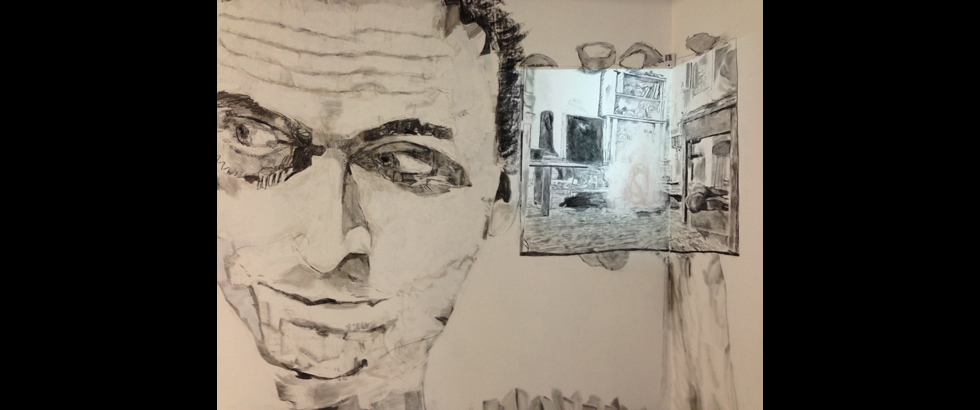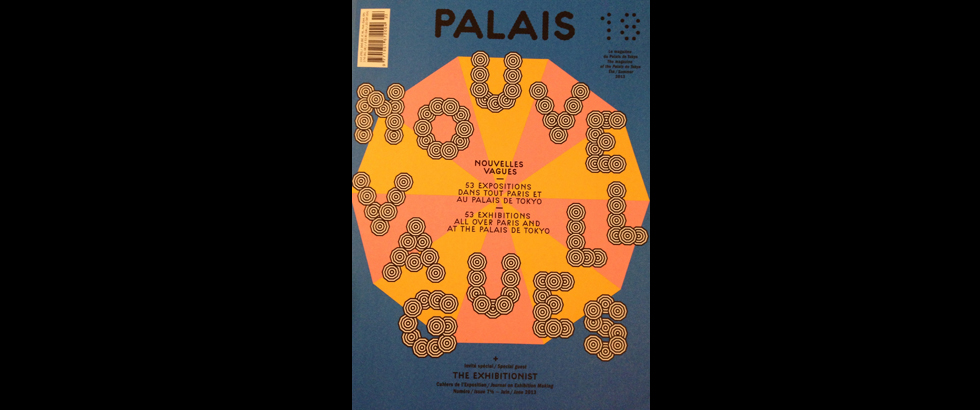Artists
Photo Credit: NIU Chun-Chiang
LU Esther
LU Esther
| Location | France / Paris |
|---|---|
| Residency | Cité Internationale des Arts |
| Year of the Grant | 2012 |
Artist Statement:
This residency experience was beneficial for opening up various networks and connections. I had an opportunity to observe and learn about the local art environment, and make a comparison reading on cultural policies.
The public sector plays a significant role in protecting local French cultural development, fighting against neo-liberalism, and resisting negative impacts of the globalization of pop culture and entertainment. Understanding this is a way to understand how a declining empire/nation-state tries to survive its language, creativities, and cultural expressions at different scales—from the artists’ living supports, to the city government’s effort in providing high-standard civic art programs, and the comprehensive policies in protecting cultural businesses. It is due to the spectrum of its cultural infrastructure that the cultural value is truly informed.
Apart from cultural policies, I also came to explore artists’ field research from hundreds of exhibitions around the city throughout the course of my stay. It was interesting to note Parisian cultural activities for six months, as I got to see how the international dialogues among European cultural centers, such as London, Paris, and Venice, are laid out to compose a discursive discourse among different institutions.
Knowledge production is more based on regional exchanges across different languages and boundaries. I learned how cultural trends were shaped and paved, and how they crossed various media and disciplines. For instance, amateur art is the biggest art trend, and many publishers and different art institutions embrace this concept with diverse social energy. It was a long tread from research to the market end to encompass this artistic trend, and I came to expand my curatorial practice for the future.
In general, my residency provided me with a luxurious opportunity to sharpen my curatorial sensitivity, participate in the latest cultural discussions, and meet with many artists that I hope to collaborate with in my future projects. Such an experience is reflexive: it sheds light on my personal shortcomings, and it also helped me realize more about the possibilities for different positioning and exchanges, which shall be integrated into my future practice.


